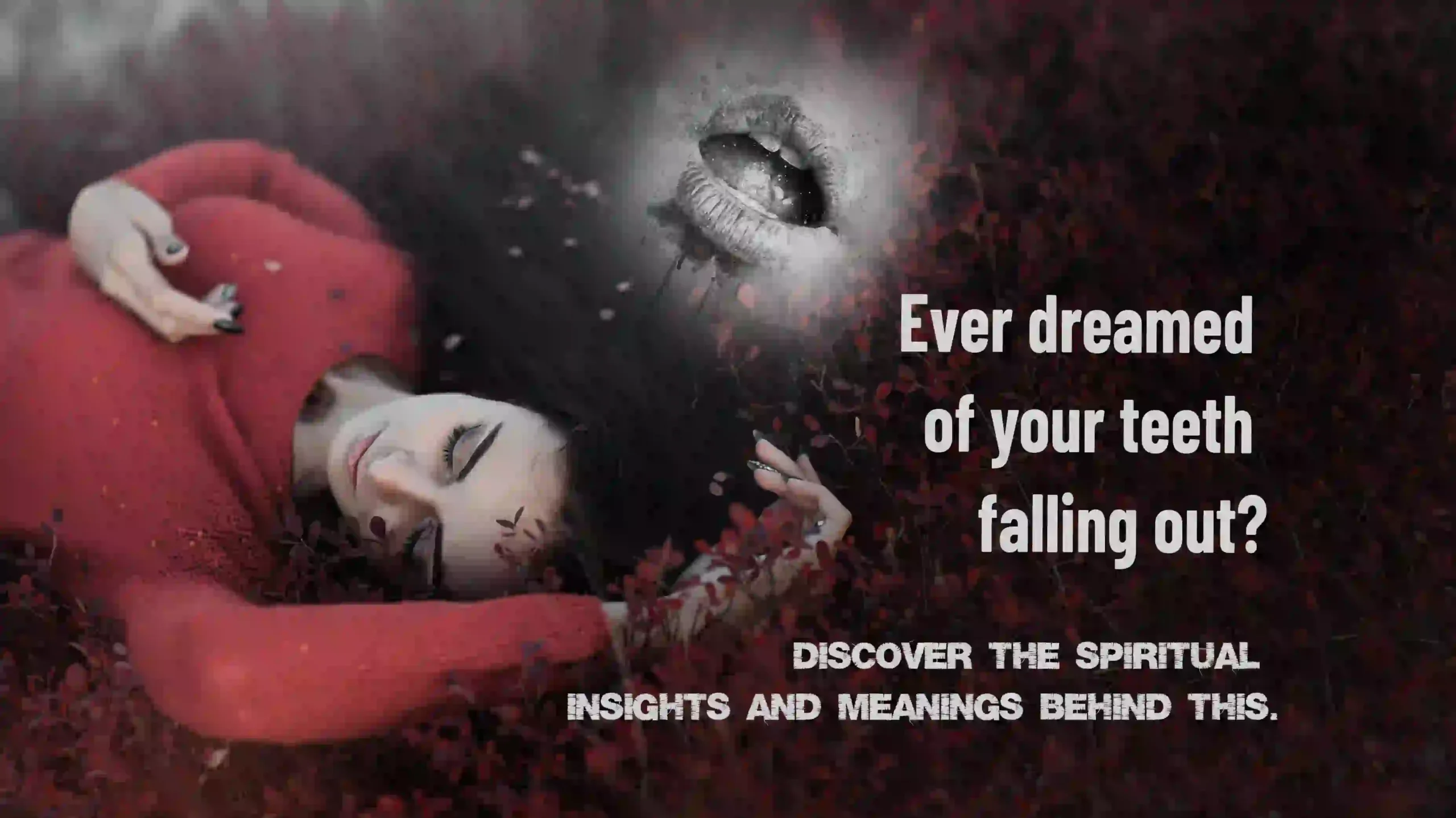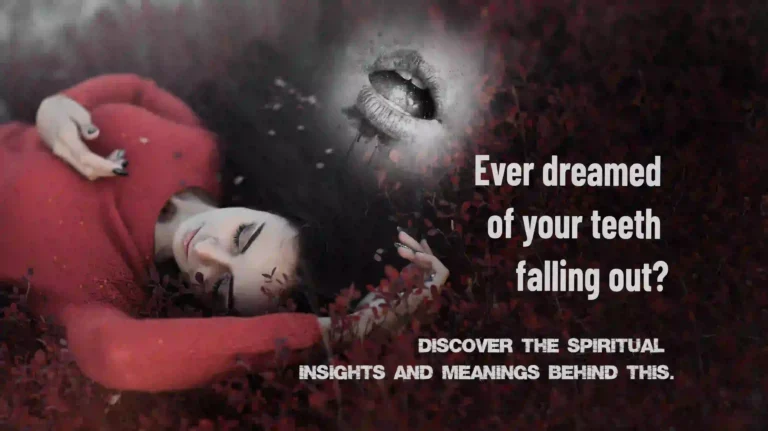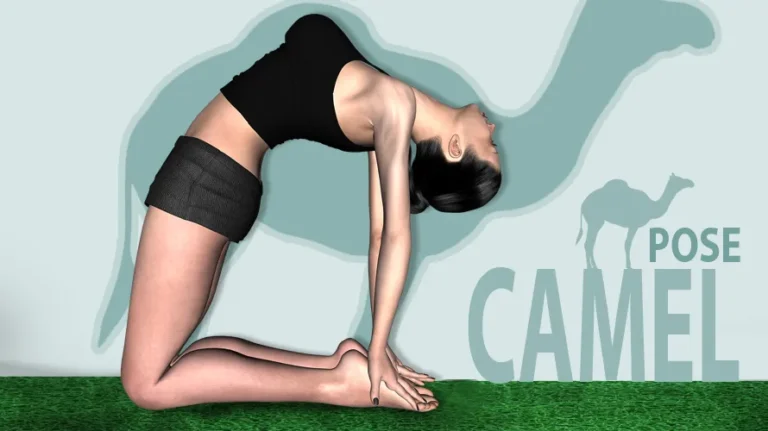TRENDING
What Does It Mean When You Dream Your Teeth Are Falling Out Spiritually?
Dreams often feel like mysterious windows into our subconscious. Among the many recurring dreams people experience, one common scenario stands out: teeth falling out. This dream can feel unsettling, yet…
How Can We Accept Defeat Yet Stay Committed to Victory?
In life, we’re often told that failure is part of success. But how can we truly internalize this message? How do we accept defeat without losing sight of our ultimate…
How to Make Beetroot Powder at Home
Beetroot, or Beta vulgaris, has traveled a long journey from its ancient origins in the Mediterranean to becoming a beloved superfood today. With its vibrant color and numerous health benefits,…
Ultimate Guide to Camel Pose Ustrasana: Steps, Variations, and Significance
Before diving into the details of the Camel Pose (Ustrasana), it’s helpful to first understand the basics of yoga and its key aspects. Yoga is a holistic practice that originated…
RECENT
Flax Seeds Uses, Nutrition Facts and 5 Popular Recipes
Flax seeds, also known as linseeds, have been a staple in diets around the world for thousands of years. Known for their impressive nutritional profile and health benefits, these small,…
Chia Seeds Health Benefits: Detailed Nutrition Facts and Practical Uses
Chia seeds, derived from the Salvia hispanica plant, are small, oval-shaped seeds that pack a powerful nutritional punch. Originating from Central and South America, these seeds were a staple food…
What Are Herbal Cigarettes: Origins, Safety, and Beyond?
Herbal cigarettes, often marketed as Ayurvedic cigarettes, have emerged as an alternative to traditional tobacco products. This article explores the world of herbal cigarettes, examining their origin, safety profile, potential…
What are Clove Cigarettes? Their Composition, Health Impacts, and Legal Status Explained
Clove cigarettes, also known as kretek cigarettes, have gained popularity for their distinctive flavor and aromatic qualities. Originating in Indonesia, these unique cigarettes blend tobacco with cloves and other spices,…
How to Make Clove Oil at Home
Clove oil, derived from the aromatic flower buds of the clove tree, is renowned for its diverse range of health benefits. Packed with the active compound eugenol, clove oil exhibits…
Where to Buy Clove Oil for Toothache
Clove oil is valued for its natural properties that make it an effective remedy for toothaches. The presence of eugenol, a compound with anesthetic qualities, provides pain relief by numbing…
Quick Look
RECENT
What Does It Mean When You Dream Your Teeth Are Falling Out Spiritually?
Dreams often feel like mysterious windows into our subconscious. Among the many recurring dreams people experience, one common scenario stands out: teeth falling out. This dream can feel unsettling, yet…
How Can We Accept Defeat Yet Stay Committed to Victory?
In life, we’re often told that failure is part of success. But how can we truly internalize this message? How do we accept defeat without losing sight of our ultimate…
How to Make Beetroot Powder at Home
Beetroot, or Beta vulgaris, has traveled a long journey from its ancient origins in the Mediterranean to becoming a beloved superfood today. With its vibrant color and numerous health benefits,…
Ultimate Guide to Camel Pose Ustrasana: Steps, Variations, and Significance
Before diving into the details of the Camel Pose (Ustrasana), it’s helpful to first understand the basics of yoga and its key aspects. Yoga is a holistic practice that originated…
Flax Seeds Uses, Nutrition Facts and 5 Popular Recipes
Flax seeds, also known as linseeds, have been a staple in diets around the world for thousands of years. Known for their impressive nutritional profile and health benefits, these small,…
Chia Seeds Health Benefits: Detailed Nutrition Facts and Practical Uses
Chia seeds, derived from the Salvia hispanica plant, are small, oval-shaped seeds that pack a powerful nutritional punch. Originating from Central and South America, these seeds were a staple food…
Quick Look
TRENDING
RECENT
TRENDING
What Does It Mean When You Dream Your Teeth Are Falling Out Spiritually?
Dreams often feel like mysterious windows into our subconscious. Among the many recurring dreams people experience, one common scenario stands out: teeth falling out. This dream can feel unsettling, yet…
How Can We Accept Defeat Yet Stay Committed to Victory?
In life, we’re often told that failure is part of success. But how can we truly internalize this message? How do we accept defeat without losing sight of our ultimate…
How to Make Beetroot Powder at Home
Beetroot, or Beta vulgaris, has traveled a long journey from its ancient origins in the Mediterranean to becoming a beloved superfood today. With its vibrant color and numerous health benefits,…
Ultimate Guide to Camel Pose Ustrasana: Steps, Variations, and Significance
Before diving into the details of the Camel Pose (Ustrasana), it’s helpful to first understand the basics of yoga and its key aspects. Yoga is a holistic practice that originated…
Flax Seeds Uses, Nutrition Facts and 5 Popular Recipes
Flax seeds, also known as linseeds, have been a staple in diets around the world for thousands of years. Known for their impressive nutritional profile and health benefits, these small,…
Chia Seeds Health Benefits: Detailed Nutrition Facts and Practical Uses
Chia seeds, derived from the Salvia hispanica plant, are small, oval-shaped seeds that pack a powerful nutritional punch. Originating from Central and South America, these seeds were a staple food…
Flax Seeds Uses, Nutrition Facts and 5 Popular Recipes
Flax seeds, also known as linseeds, have been a staple in diets around the world for thousands of years. Known for their impressive nutritional profile and health benefits, these small,…
Chia Seeds Health Benefits: Detailed Nutrition Facts and Practical Uses
Chia seeds, derived from the Salvia hispanica plant, are small, oval-shaped seeds that pack a powerful nutritional punch. Originating from Central and South America, these seeds were a staple food…
What Are Herbal Cigarettes: Origins, Safety, and Beyond?
Herbal cigarettes, often marketed as Ayurvedic cigarettes, have emerged as an alternative to traditional tobacco products. This article explores the world of herbal cigarettes, examining their origin, safety profile, potential…
What are Clove Cigarettes? Their Composition, Health Impacts, and Legal Status Explained
Clove cigarettes, also known as kretek cigarettes, have gained popularity for their distinctive flavor and aromatic qualities. Originating in Indonesia, these unique cigarettes blend tobacco with cloves and other spices,…
What Does It Mean When You Dream Your Teeth Are Falling Out Spiritually?
Dreams often feel like mysterious windows into our subconscious. Among the many recurring dreams people experience, one common scenario stands out: teeth falling out. This dream can feel unsettling, yet it has intrigued people for centuries, sparking both psychological and spiritual interpretations. If you’ve had this dream, you might be…
How Can We Accept Defeat Yet Stay Committed to Victory?
In life, we’re often told that failure is part of success. But how can we truly internalize this message? How do we accept defeat without losing sight of our ultimate goal? It’s a tough question, but one that we all need to ponder at some point on our journey. The…
How to Make Beetroot Powder at Home
Beetroot, or Beta vulgaris, has traveled a long journey from its ancient origins in the Mediterranean to becoming a beloved superfood today. With its vibrant color and numerous health benefits, this root vegetable has earned its place in kitchens and health routines worldwide. Originating from the Mediterranean region and Western…
Ultimate Guide to Camel Pose Ustrasana: Steps, Variations, and Significance
Before diving into the details of the Camel Pose (Ustrasana), it’s helpful to first understand the basics of yoga and its key aspects. Yoga is a holistic practice that originated in ancient India, combining physical postures, breathing exercises, meditation, and ethical principles to promote overall well-being. The word “yoga” comes…
Flax Seeds Uses, Nutrition Facts and 5 Popular Recipes
Flax seeds, also known as linseeds, have been a staple in diets around the world for thousands of years. Known for their impressive nutritional profile and health benefits, these small, unassuming seeds pack a powerful punch. Flax seeds come from the flax plant (Linum usitatissimum), which has been cultivated since…
Chia Seeds Health Benefits: Detailed Nutrition Facts and Practical Uses
Chia seeds, derived from the Salvia hispanica plant, are small, oval-shaped seeds that pack a powerful nutritional punch. Originating from Central and South America, these seeds were a staple food for the ancient Aztecs and Mayans. Today, chia seeds are celebrated worldwide for their impressive health benefits and versatility in…





































